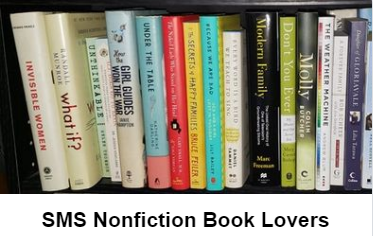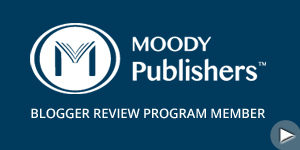Stars: ****
Annick Press (2009)
Children’s Nonfiction
160 pages
Ages 8+
Summary: Science affects every part of our lives. It can determine the foods we eat, the clothes we wear even the video games we play. But how do you tell the good science from the bad? – from annickpress.com
I really enjoyed reading this book. It discusses the difference between good science and bad science and helps you learn to determine the difference. The book examines 3 ways science can fool us:
Science Watch – how science can go wrong
Media Watch – how reporting can confuse or misrepresent science
Mind Watch – how the human mind can muddle science.
The book also contains an introductory chapter and a chapter called Winning Strategies which will help you hone your science understanding skills.
What’s bad science? The book examines things such as fake research, poorly trained researchers, flawed methods, weak data, incorrect analysis or incorrect conclusions. (That paragraph explained with the help of page 14)
The book has a Your Turn section to see if you understand the material. I think the book would be great for kids who love science and want to understand how research works and why you can’t believe every study you read.
The media section was the most interesting and the most eye opening and one I think all adults could benefit from. For example:
“Even facts that are well researched and accurately reported can mislead the public if they’re not well explained. Suppose, for instance, that some dreaded disease attacks 1 person in 10. One hear that, people might immediately assume that they have a 1 in 10 chance of dying from this disease, not just of getting it.” – pg 64
“Suppose, for instance, that researchers discovered Dozy Drops candies increased the risk of fainting from 1 in 10,000 to 3 in 10,000. You might spot a headline that read “Sucking Dozy Drops Triples Risk of Fainting.” True, but very misleading. If you did not know the actual, ridiculously low figures, you might avoid Dozy Drops like poison.” – pg 70
“If you dress like a doctor and act like a doctor, it doesn’t necessarily mean you are a doctor. Yet some TV, magazine, and newspaper ads show professional looking men and women in white coats raving about a product. “A medicine you can use with confidence,” they say, holding up a flu remedy. “This is what I recommend.” Companies that run ads like these aren’t claiming to have a medical researcher as a spokesperson. But they’re likely counting on you to think that’s the case and buy their “medically approved” products.” – pg 75-76
Highly Recommended
Links of Interest: NONE
Other Reviews: NONE YET
Buy Nibbling on Einstein’s Brain at amazon.com and support SMS Book Reviews









